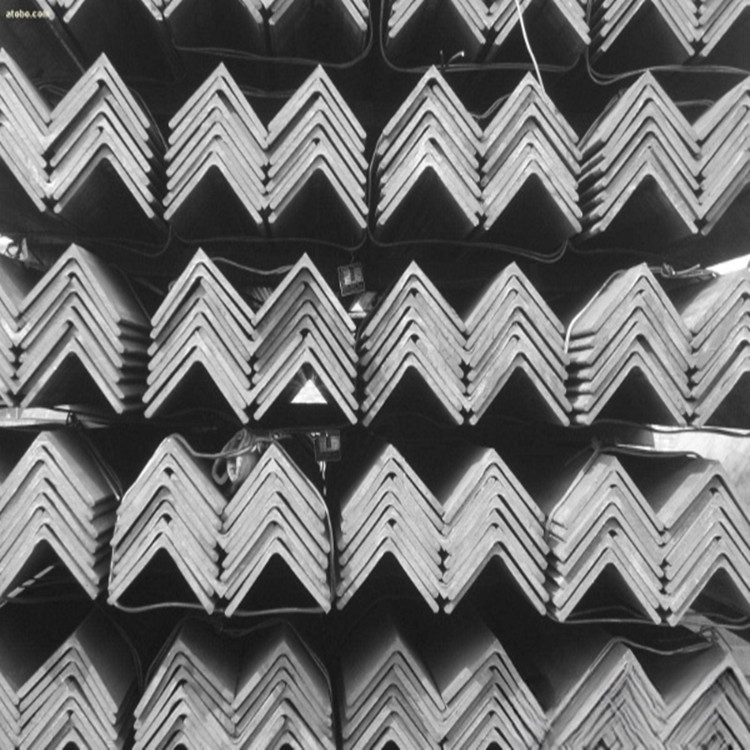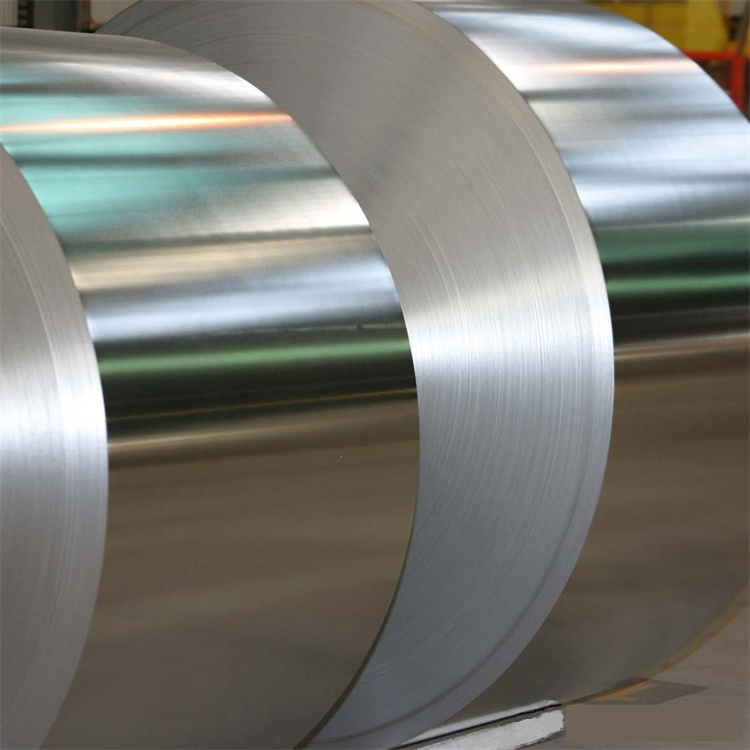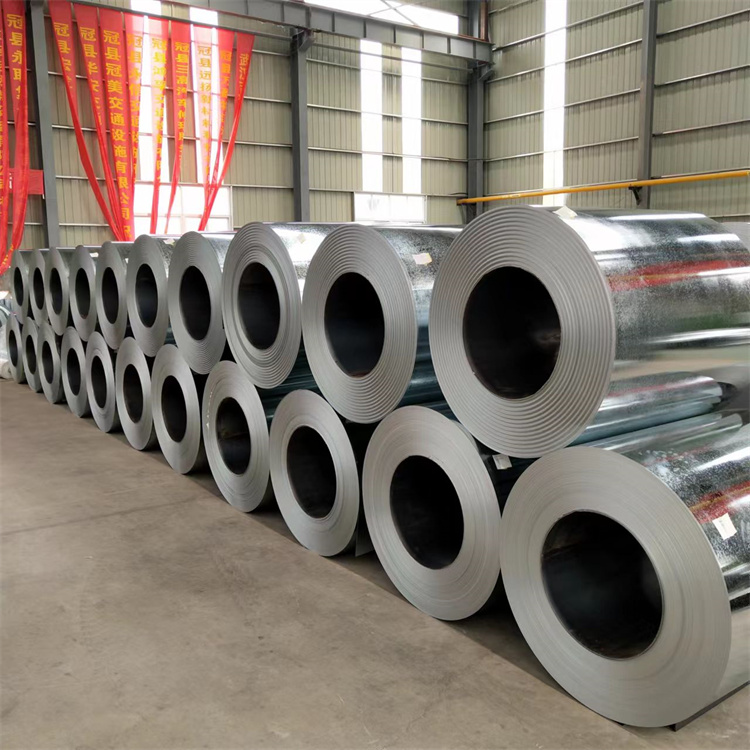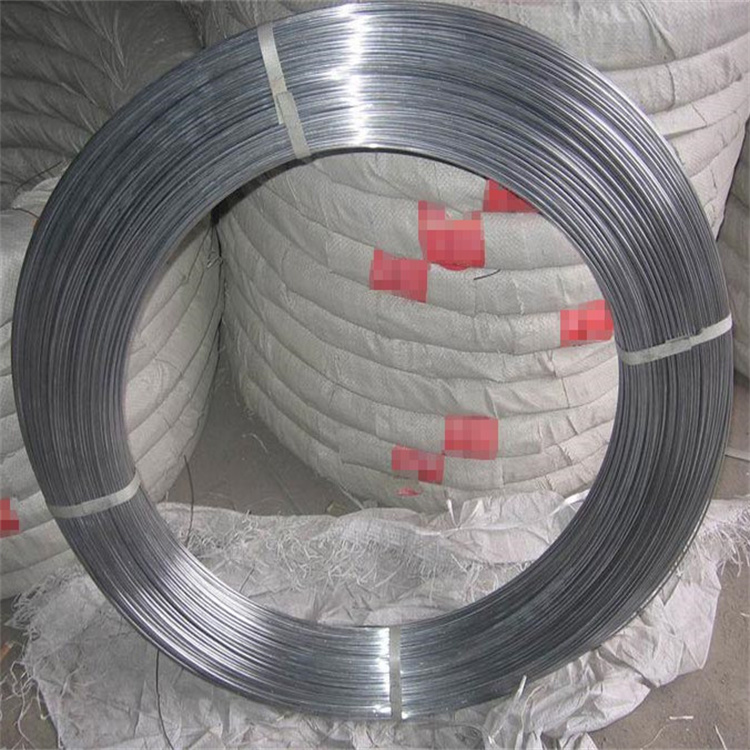In the modern industrial landscape, materials science plays a pivotal role in shaping economies, influencing architectural design, and engineering the bones of megastructures that define our skylines. Among the vast array of materials available, galvanized steel and aluminum stand out as two of the most extensively used metals—each offering a unique profile of benefits and compromises. The decision between galvanized steel and aluminum, especially when strength is a core concern, involves a nuanced understanding of their mechanical properties, application environments, and cost-effectiveness.
This article delves into an in-depth strength comparison and highlights key differences, combining industry research with insights from the production expertise of China Xino Group, a global force in steel manufacturing.
Understanding the Basics
Before plunging into technical comparisons, it’s essential to understand what we’re working with:
Galvanized Steel: Steel that has been coated in a layer of zinc to prevent rust and corrosion. Known for its toughness and rigidity, it’s often the go-to material in construction and infrastructure.
Aluminum: A lightweight, naturally corrosion-resistant metal with a lower density and impressive thermal and electrical conductivity. Popular in aerospace, transportation, and certain architectural applications.
Both materials serve vital roles in today’s industries, but their mechanical and structural behaviors diverge significantly.
Comparative Strength Properties
To analyze the strength aspect with data-driven insights, consider the following comparison table based on commonly used industrial grades:
| Property | Galvanized Steel (Grade A653) | Aluminum (6061-T6) |
|---|---|---|
| Density (g/cm³) | 7.85 | 2.70 |
| Tensile Strength (MPa) | 270-550 | 310 |
| Yield Strength (MPa) | 205-345 | 276 |
| Elastic Modulus (GPa) | 200 | 69 |
| Fatigue Strength (MPa) | ~240 | ~96 |
| Melting Point (°C) | ~1,420 | 660 |
Source: ASM Handbook, MatWeb Engineering Database
From the data above, several observations emerge:
Tensile and Yield Strength: Galvanized steel can exhibit a wider and often higher range of tensile strength, particularly in heavier gauge formats. For load-bearing applications, this makes galvanized steel the stronger contender.
Elastic Modulus: With a modulus nearly three times that of aluminum, galvanized steel is significantly stiffer, which matters in structural rigidity.
Fatigue Resistance: While aluminum is lighter, its fatigue strength is markedly lower, making steel preferable where long-term mechanical stress is expected.
Weight vs. Strength Trade-off
One of aluminum’s most celebrated advantages is its weight. At only one-third the density of steel, it’s ideal for applications where weight reduction is critical—think aviation or electric vehicles. However, strength-to-weight ratio becomes a more telling metric than just raw strength:
| Material | Strength-to-Weight Ratio (MPa/g/cm³) |
| Galvanized Steel | ~34.4 |
| Aluminum 6061-T6 | ~115 |
Clearly, aluminum excels in this regard. But—and here's where application context takes center stage—the higher strength-to-weight ratio doesn’t negate the fact that steel is more resistant to deformation under extreme loads. Thus, bridges, towers, and support beams still favor galvanized steel despite the weight.
Corrosion Resistance & Coating Considerations
Both materials have inherent or engineered corrosion resistance:
Galvanized Steel: Zinc coating acts as a sacrificial barrier. Over time, it corrodes instead of the base metal, prolonging lifespan in mildly aggressive environments.
Aluminum: Forms a natural oxide layer that self-renews, offering robust corrosion protection without any added layer.
That said, in salt-laden coastal environments or highly acidic conditions, aluminum tends to outperform galvanized steel unless the latter has enhanced coatings.
| Environment | Preferred Material | Reason |
| Urban Industrial | Galvanized Steel | Structural strength needed |
| Marine/Coastal | Aluminum | Superior saltwater resistance |
| High-Impact Zones | Galvanized Steel | Toughness and ductility |
Formability, Machining, and Maintenance
When it comes to bending, welding, or cutting—each metal behaves differently:
Aluminum: Easier to machine and doesn’t require post-processing for rust prevention.
Galvanized Steel: Harder and more labor-intensive to machine; care must be taken not to burn off the protective coating.
Maintenance costs further add to the lifecycle economics:
| Metric | Galvanized Steel | Aluminum |
| Initial Material Cost | Lower | Higher |
| Machining Cost | Higher | Lower |
| Long-term Maintenance | Medium | Low |
Real-World Applications: Where Each Material Wins
Galvanized Steel:
Bridges, guardrails, scaffolding, agricultural equipment
Automotive body parts requiring formability and crash resistance
Heavy-duty HVAC ducting
Aluminum:
Aircraft frames, shipping containers, solar panel structures
Modern architecture cladding
Bicycle frames and marine fittings
The material choice is rarely absolute. Often, it’s a balancing act between mechanical need, cost, and the environment.
China Xino Group: At the Heart of High-Performance Steel Manufacturing
As one of the cornerstones in the global steel supply chain, China Xino Group has spent over two decades perfecting the art and science of metallurgy. Established in 2001, our group’s diversified portfolio—ranging from resource development to equipment manufacturing—allows us to provide a full-spectrum solution to any industrial challenge.
Through our branch QINGDAO XINO STEEL & IRON CO., LTD, we specialize in producing high-quality coated steel products, including Galvanized Steel (GI), Galvalume Steel (GL), PPGI, and PPGL. With 24 production lines across 3 main production bases and a capacity of 1.5 million tons annually, we are equipped to deliver consistency, scalability, and excellence.
Our expertise isn’t limited to manufacturing. Our team provides tailored procurement solutions, helping our global clientele make the most efficient and cost-effective decisions—especially when navigating the complexities of materials like galvanized steel vs. aluminum. Welcome your inquiry.
Sustainability & Future Considerations
In an era where sustainability is no longer optional but imperative, both galvanized steel and aluminum pose unique ecological footprints:
Steel is highly recyclable and consumes less energy per unit volume during initial production.
Aluminum, while more energy-intensive to produce, is also 100% recyclable and retains its quality after reprocessing.
However, innovation continues to evolve. For example, hybrid composite applications now pair steel’s strength with aluminum’s lightness, redefining possibilities in aerospace and automotive sectors.
Final Thoughts: Which One is Better?
That question, as with most material debates, hinges on context. If your project demands brute strength, high fatigue resistance, and cost-efficiency—galvanized steel is your ally. If weight savings, corrosion resistance, and aesthetic modernity are paramount—aluminum takes the lead.
When in doubt, consult with material experts. At China Xino Group, we believe that every project deserves a custom-fit solution backed by data, craftsmanship, and trust. Let our experience guide your material choices into tangible success.

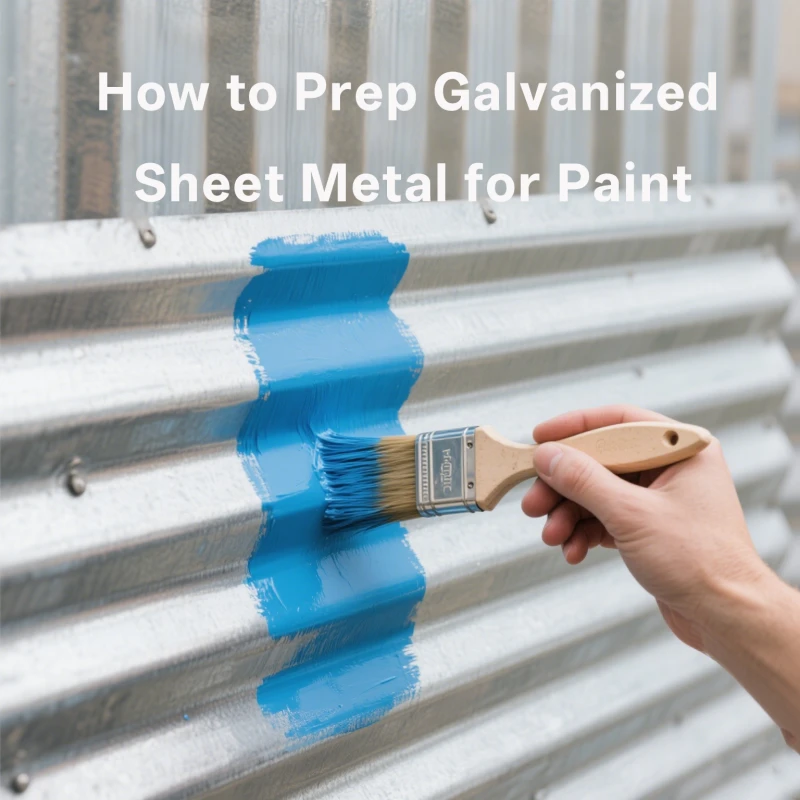

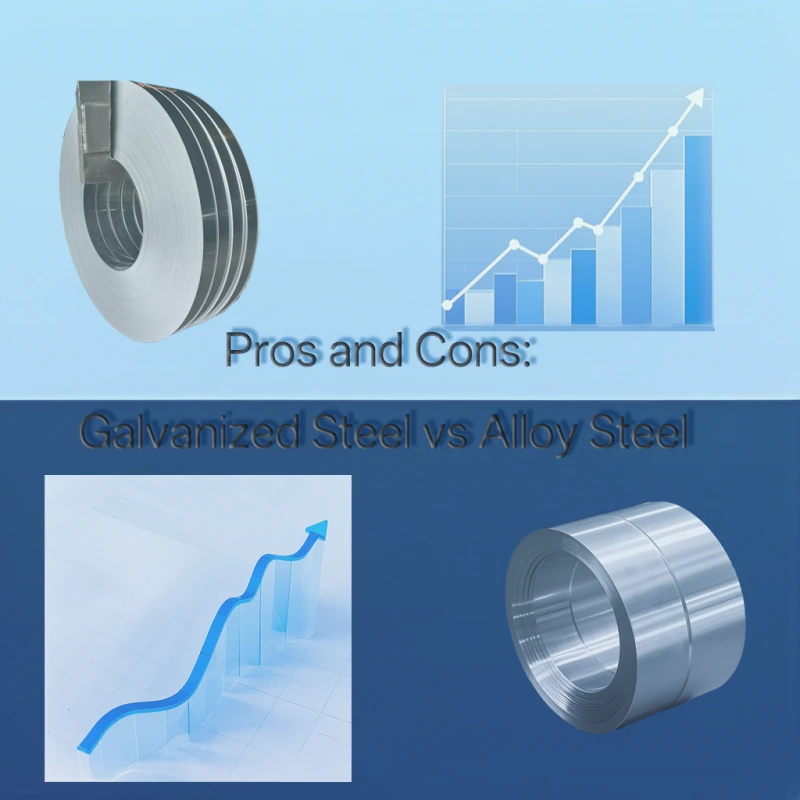
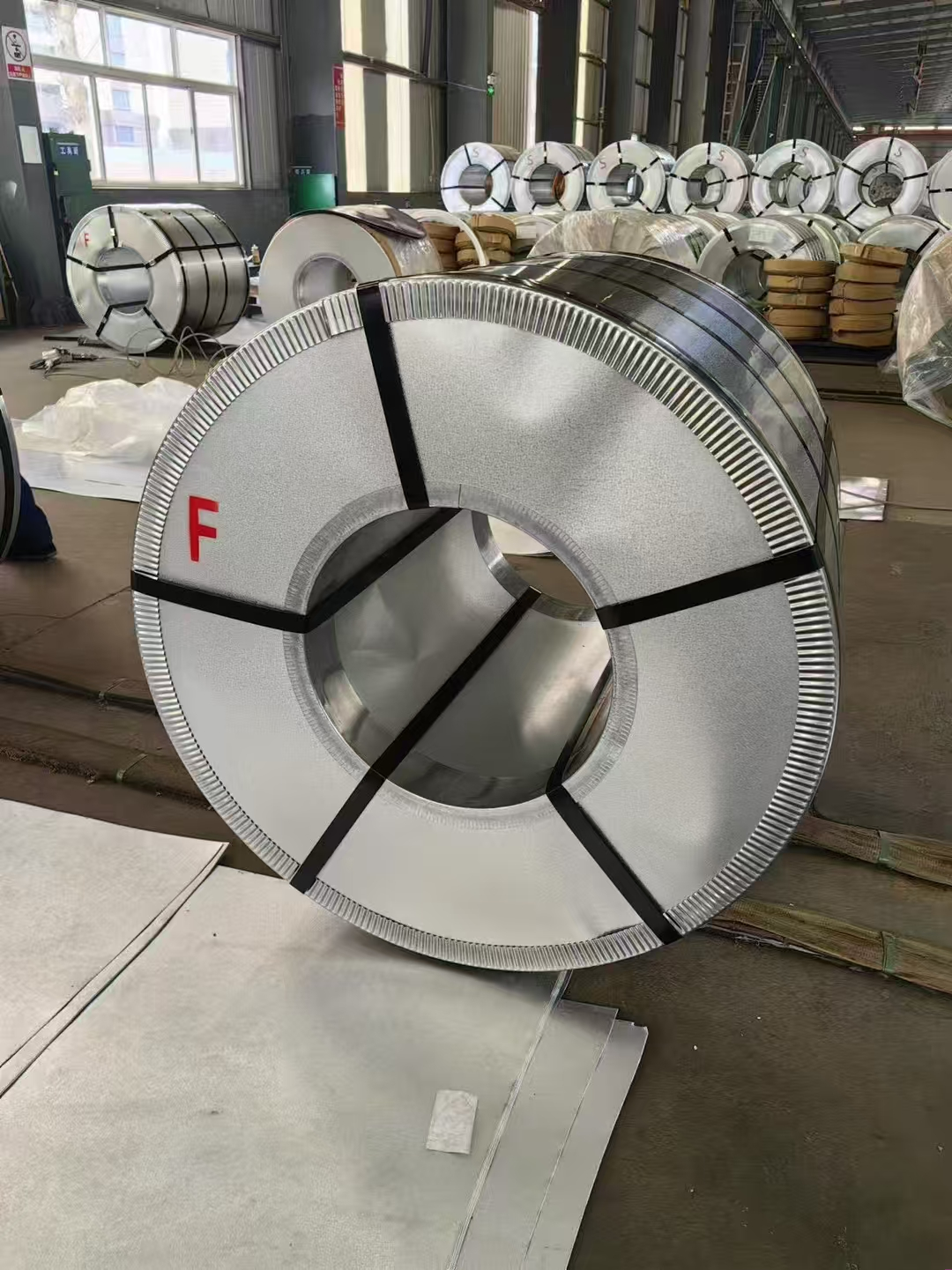
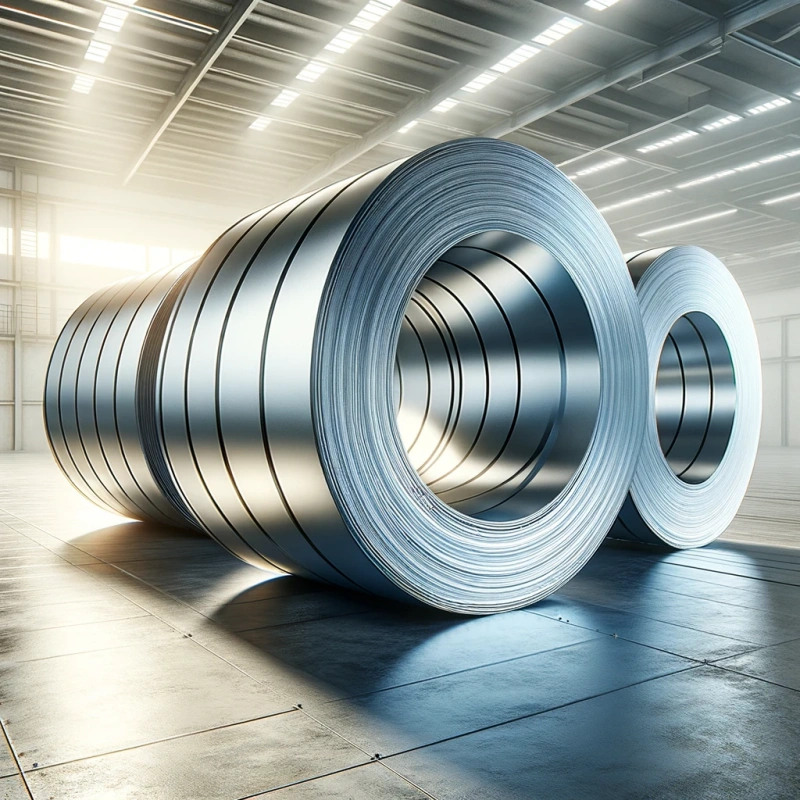
745.webp)
